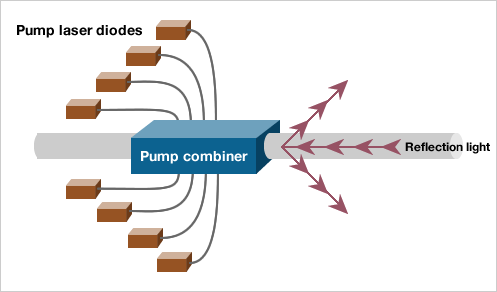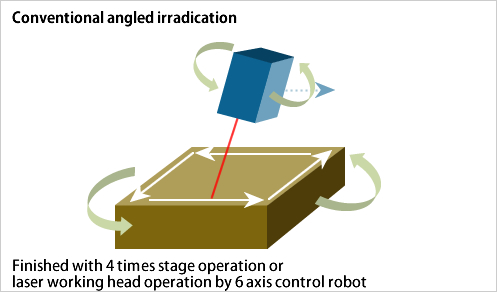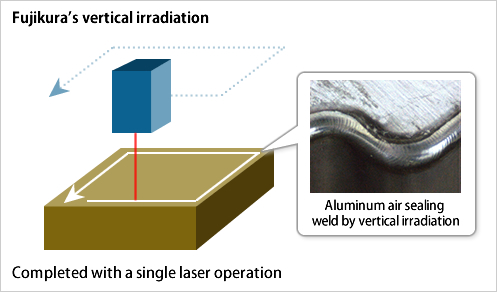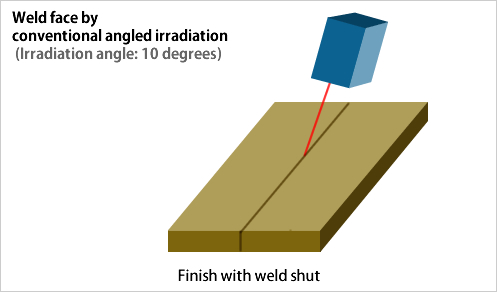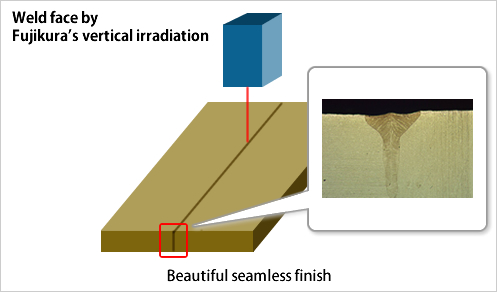![[Figure 2]: General case fiber laser](../img/contents/why-fujikura1-1.png) [Figure 2]: General case fiber laser
[Figure 2]: General case fiber laser
Laser power instability issue
Laser back reflection that is generated when shedding laser lights on the target material induces oscillation instability inside fibers, which also produces laser output power instability accordingly. Volatile laser output deeply affects the process and finish condition. Figure 2 describes difference-observation data between laser output power and back reflection light emitting from target material. Reflection level increases around the blue arrow area where laser output power decreases and becomes volatile.
![[Figure 3]: Fujikura fiber laser](../img/contents/why-fujikura1-2.png) [Figure 3]: Fujikura fiber laser
[Figure 3]: Fujikura fiber laser
Stable laser emission by minimizing back reflection light
Figure 3 depicts the relation between laser output and back reflection light in the case of Fujikura fiber laser. Reflection light level arises at the red arrow point but, on the other hand, laser output level is not affected unlike the case above, which means that Fujikura fiber lasers exercise its ability to stabilize laser oscillation despite the back reflection. Fujikura products are equipped with the originally structured optical fiber to control adverse effect of reflection inside the optical circuit including such specialty fiber. Reflection-free, enhanced processing could be a priority factor in choosing fiber laser products, which is also one of the reasons why Fujikura is favored.
![[Figure 3]: Non-linear component controlled by large-core multimode fiber](../img/contents/why-fujikura1-3.png) [Figure 4]: Non-linear component controlled by large-core multimode fiber
[Figure 4]: Non-linear component controlled by large-core multimode fiber
Extended long-operating output power stability
Life of fiber is directly linked to life of laser in a fiber laser system. Optical fibers used for lasers had an typical issue called 'photodarkening' by which the laser output decreases dramatically in a short time. Although the mechanism behind the issue has not been academically clear, Fujikura has pursued the exact root cause of photodarkening as much as possible. As a result, a specialty optical fiber for fiber laser system, in which its feature stays put even after being exposed to intense light for a long period of time, was successfully developed and put into our fiber laser product lineups.
![[Figure 5]: Example - SRS in pulsed fiber laser (Raman shifter)](../img/contents/why-fujikura2-1.png) [Figure 5]: Example - SRS in pulsed fiber laser (Raman shifter)
[Figure 5]: Example - SRS in pulsed fiber laser (Raman shifter)
In-house key device manufacturing and original structure to control optical feedback
Key devices such as pump laser, fiber coupler, gain fiber and optical isolator has a decisive influence over reliability and integrity of a fiber laser. Those components are all developed in-house and produced under strict quality control as Fujikura fiber laser products are seen as highly reliable. Superior reliability is supported not only by quality control but also by enhanced technology to protect optical device from damage. Especially, when intense pulsed optical feedback returns to the main oscillator or power amplifier, optical fibers and other constituent devices are damaged. Fujikura's one-of-a-kind feedback control structure called 'Raman shifter' derived from SRS (Stimulated Raman Scattering) , which is one of non-linear optical effects, is utilized to mitigate such damages.
Originally structured pump combiner protects pump lasers
When optical feedbacks within fiber lasers occur, back reflection light propagates to every corner and finally reaches to pump lasers which will then be fatally damaged. In order to protect the pump lasers from reflection lights, Fujikura introduced a pump combiner with a uniquely developed structure. The proprietary combiner minimizes diffusion of returning back reflection lights and prevent them from connecting with optical fibers directly linked to pump diodes. Our broad technology platforms realized the protection mechanism.
Unprecedented vertical irradiation by back reflection controlling technology
Fujikura firstly delivered fiber lasers that can vertically irradiate the target materials with laser lights enabled by its unique technologies to control back reflections. Needless to say, the most efficient way of material processing is to irradiate lasers paleways against the target, however, the conventional fiber lasers have no other choices to shed light on the materials with some angles because of the optical feedback issue of pump laser deteriorations. Fujikura fiber lasers applied its own technologies to control back reflections and minimize lights back to pump lasers, thus making it possible for users to think flexible and efficient fiber laser processing.
Cutting demo with vertical irradiation - Cu/5mm/2kW
Welding demo with vertical irradiation - Cu/3mm/3kW
Conventional lasers (i.e. YAG lasers, fiber lasers) need to irradiate the target with angle in order to minimize the effect of laser light reflection. In case of angled laser irradiation, multiple stage operations or laser head operations by the control robot are necessary to maintain constant entry angle toward the target materials.
Fujikura’s fiber laser achieves vertical laser irradiation toward target with its unique technology to reduce the effect of laser light reflection. Machining time is dramatically reduced because working process is basically completed with a single laser operation. Working accuracy is also improved since stable laser vertically irradiates the material. On top of that, the entire system cost can also be saved because additional investment in complicated stage operation or laser head angle control is not needed.
Although it is not operationally easy for conventional angled laser irradiation to finish weld face without shut, Fujikura’s fiber laser makes it possible to deliver beautiful seamless welding face with its unique vertical irradiation. Fujikura’s fiber laser is strongly recommended for the welding application to meet rigorous quality requirement.
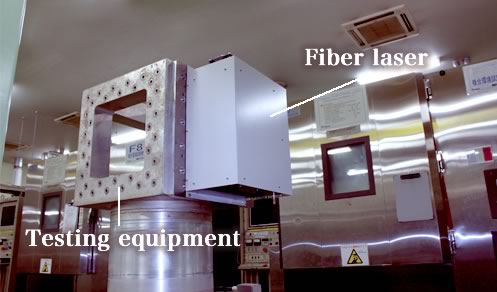 Shock and vibration testing
Shock and vibration testing
Accumulated technical know-how and standards in the telecom sector
Fujikura fiber lasers come to customer's choice because of their environmentally-resistant feature. The average annual failure rate on all shipped fiber lasers stays at about 1% in spite of the fact that fiber lasers are usually used at production sites where conditions can be extremely tough. It can be said 'trouble-free fiber lasers' compared to other choices. There is a fact behind this excellent performance that Fujikura has historically developed telcordia compatible products to which strict design standards applied.
Not only the failure rate but temperature stability also demonstrates its environment resistance with the thermal design excellence on optical circuit combined with semiconductor laser modules and the unique heat exchange structure. For instance, our pulsed fiber lasers provide exceptionally broad operation temperature ranging from 0 to 45 degrees celsius.
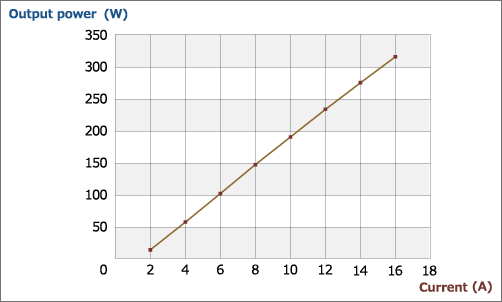 [Figure 1]: Light output power of laser diode module
[Figure 1]: Light output power of laser diode module


![[Figure 2]: General case fiber laser](../img/contents/why-fujikura1-1.png)
![[Figure 3]: Fujikura fiber laser](../img/contents/why-fujikura1-2.png)
![[Figure 3]: Non-linear component controlled by large-core multimode fiber](../img/contents/why-fujikura1-3.png)
![[Figure 5]: Example - SRS in pulsed fiber laser (Raman shifter)](../img/contents/why-fujikura2-1.png)
